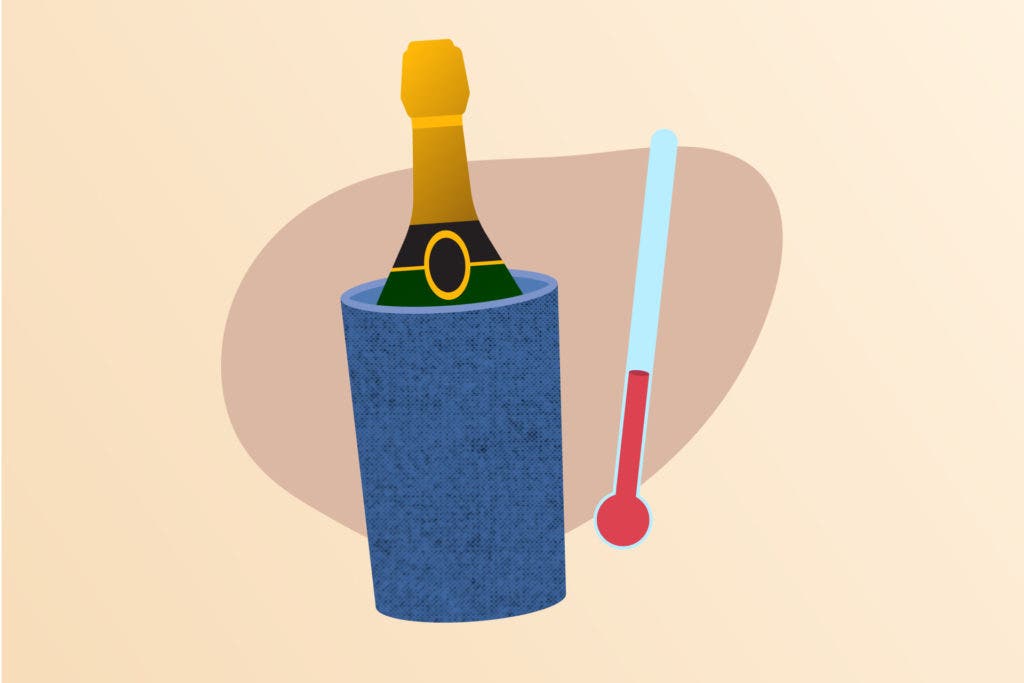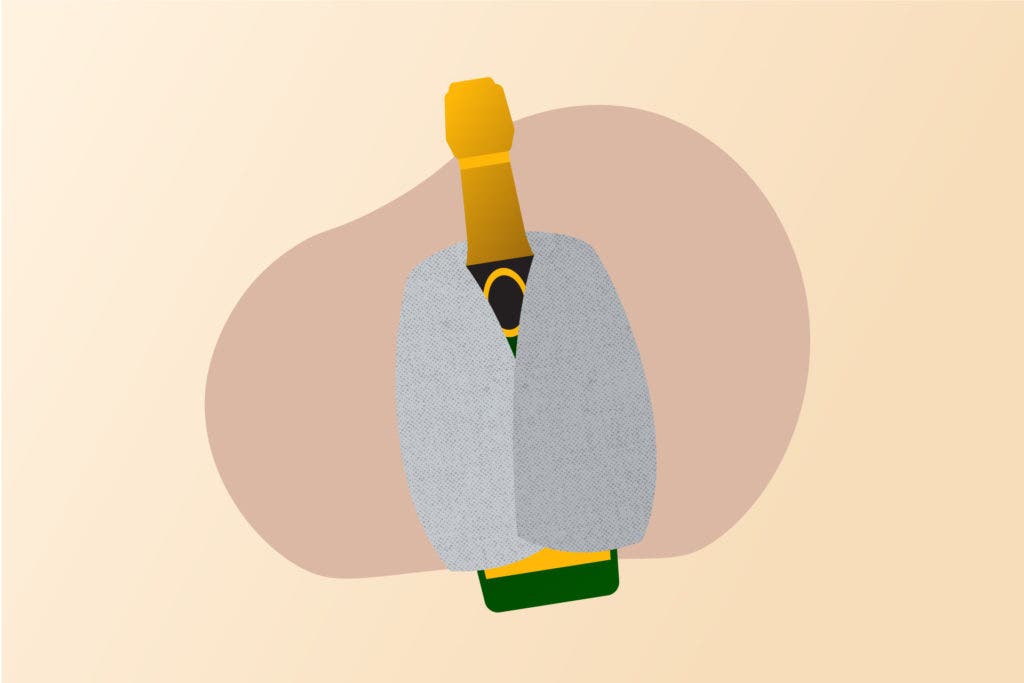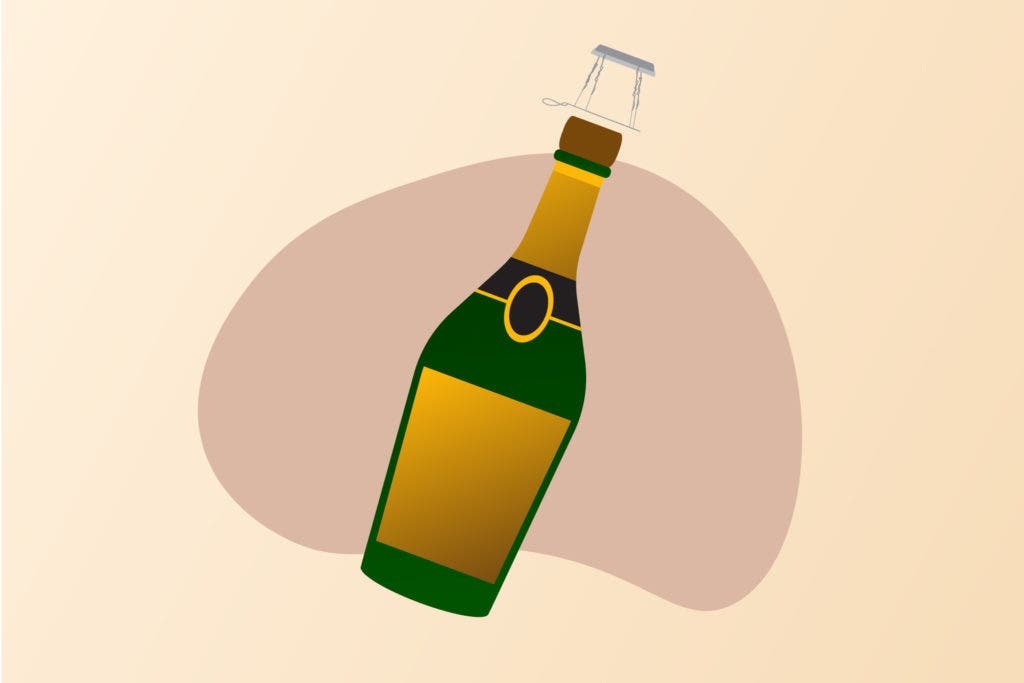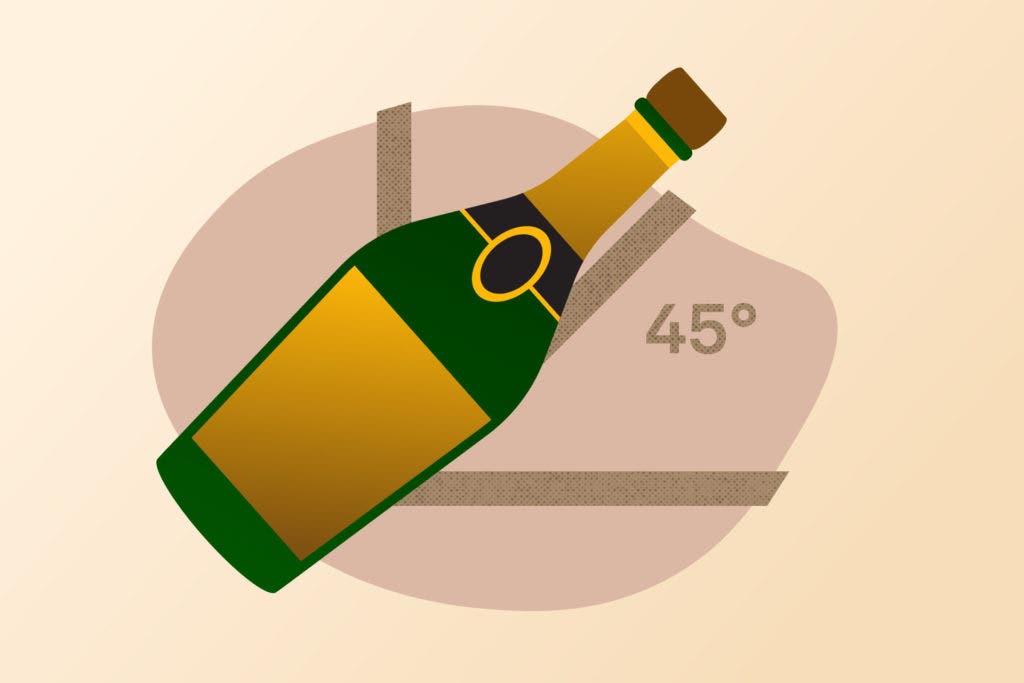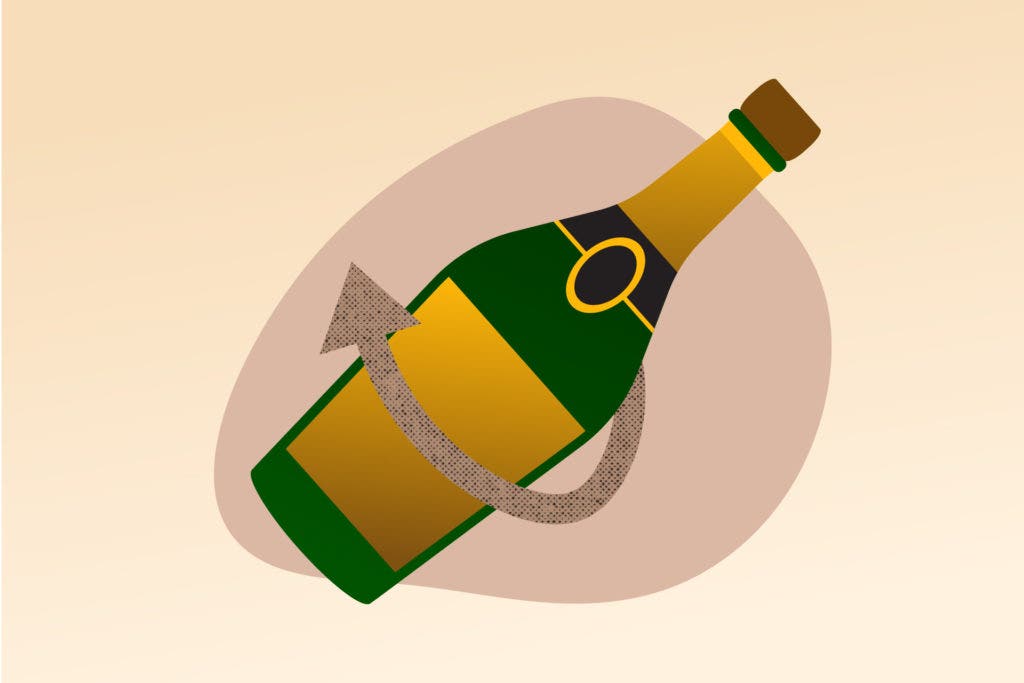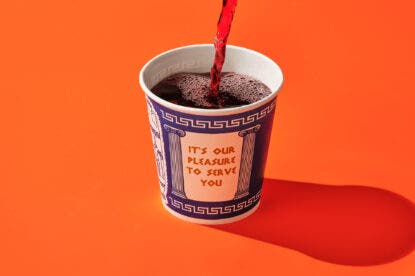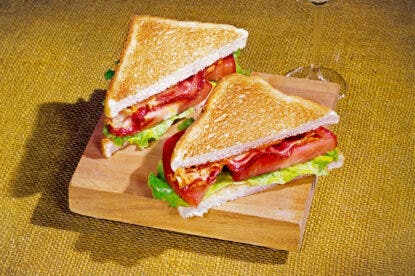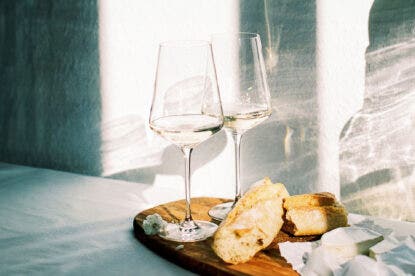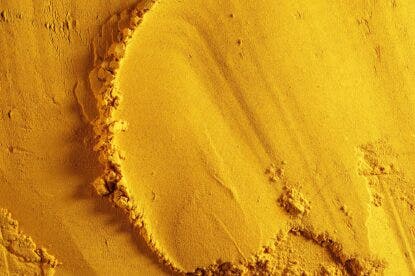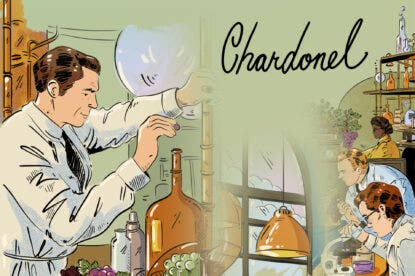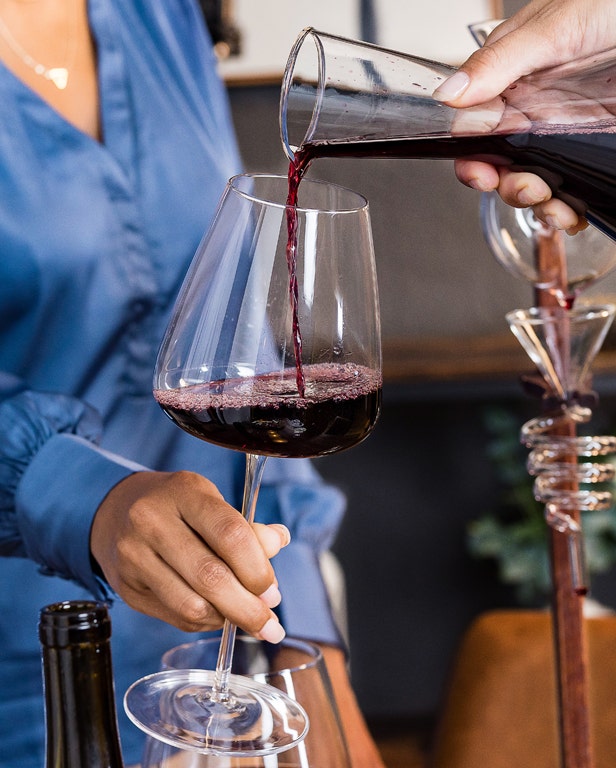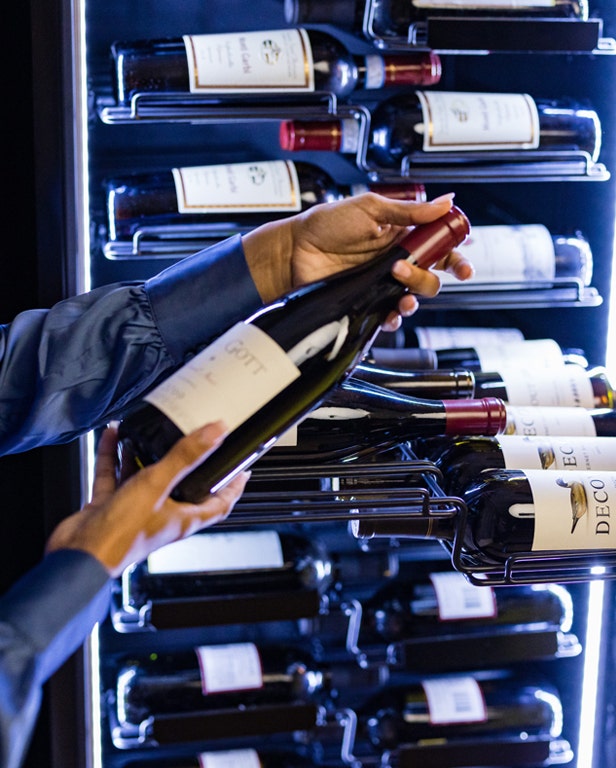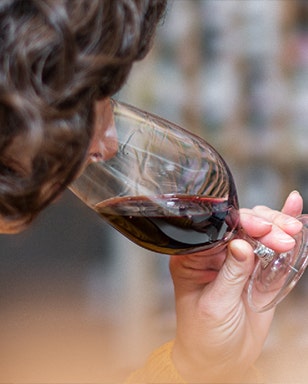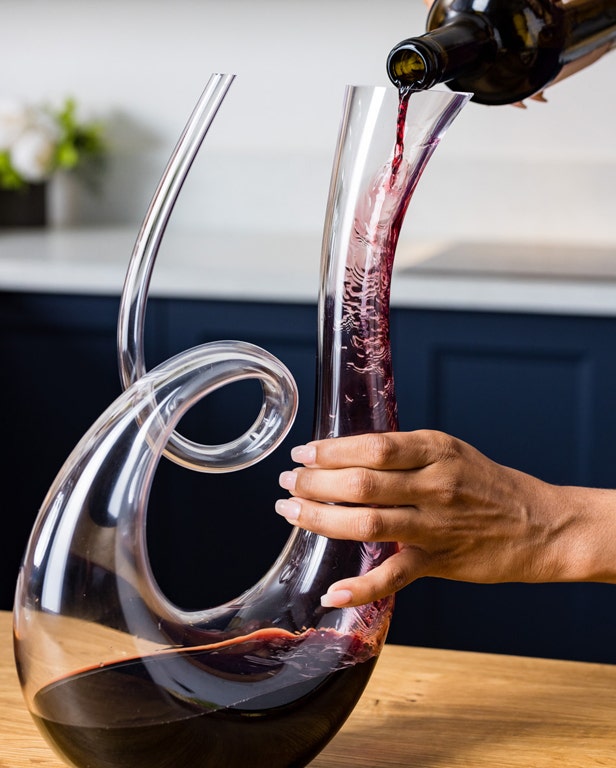As cinematic and celebratory as it may seem to loudly pop a cork and spray frothy bubbles, few of us want to waste wine or clean up the aftermath. Fortunately, it’s easy to learn how to open a bottle of Champagne and not lose a drop or dodge projectiles.
Here are five steps to open a bottle of Champagne or sparkling wine like a pro.
Step 1: Chill Your Champagne
The best temperature to serve Champagne and other sparkling wine is 41–45°F, though some drink vintage Champagne at 45–50°F to enhance its bready flavors. Most home refrigerators are kept below 40°F, so if you’re grabbing a bottle straight from the fridge, give it a few moments to come to temperature.
Either way, a well-chilled bottle is vital for both flavor and function.
“Warm bubbles are agitated bubbles, so Champagne that’s too warm will almost always vigorously spew out of the bottle,” says Davon D. E. Hatchett, a wine writer, wine law attorney and content creator. “Properly chilled bubbles typically remain calmer, and therefore remain inside where you want them.”
Hatchett wraps a cold towel around the neck of her bottle right before she opens it.
“The cold glass of the neck creates a temperature barrier that keeps the pressure in the remainder of the bottle more controlled,” she says. It becomes less likely that any bubbles will escape when you pull out the cork. “The last thing I want to do is spill any of that precious elixir.”
Step 2: Dry the Bottle
Chilled bottles can be damp from condensation, which can make a firm grip difficult. Wipe the bottle dry with a clean towel or cloth so you can hold it steady.
Step 3: Untie the Cage
The cage, or muselet, is the wire contraption atop the cork of a bottle of sparkling wine. It might seem intuitive to take it off before you remove the cork, but William Edwards, the beverage director at Manhatta in New York City, advises otherwise.
Edwards drapes a towel or serviette over the cork and cage. He then unties the cage with his off hand while his dominant hand exerts steady downward pressure on the cork.
The contents of sparkling wine bottles are pressurized, Edwards says, so your dominant hand serves as a protective barrier if your cork pops out unexpectedly.
“The average pressure in a bottle of Champagne is 70–90 pounds per square inch, which is more than double the average pressure in a car tire,” he says. “Apply that force to a small, relatively firm projectile, and you quickly realize how dangerous it might be flying at one’s face.”
Step 4: Hold the Bottle at an Angle
As your thumb and towel holds the cork and cage in place, use your nondominant hand to tilt the bottle at 45 degrees. Make sure no one is standing in the direct line of the cork.
“Holding the bottle at the proper angle adjusts the surface area of air to pressure inside, which can help keep the bubbly from spilling due to the force of pressure of the bubbles,” says Hatchett.
Step 5: Twist the Bottle, Not the Cork
With your dominant hand positioned atop the cork and cage, use your other hand to gently twist the angled bottle “until the pressure inside begins to gradually push the cork out naturally,” says Hatchett. “I continue counter pressure against the cork with my thumb, which allows for a controlled easing of it out of the bottle.”
In an ideal world, your cork will slide out quietly. But don’t be too hard on yourself if the sound is audible.
“I would argue, so long as proper technique is being used, a little pop makes it feel like a party versus a stuffy dining room,” says Edwards. “As long as you’re opening a bottle safely, go ahead and make some noise.”
Besides, to open bottles of Champagne or sparkling wine silently can take several bottles and years of practice. And that’s only a challenge if you choose to accept it.
Last Updated: August 21, 2023





